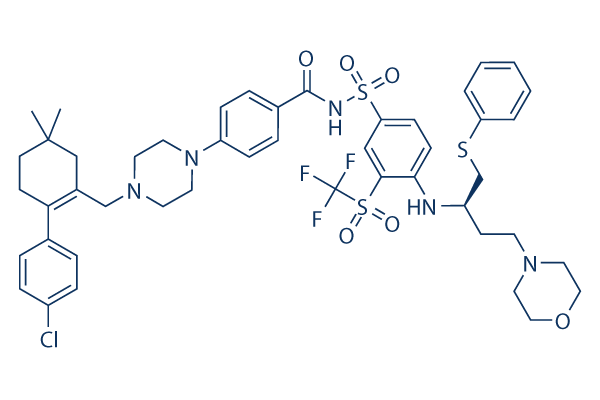Interestingly, this kind of mutations correlate with very good long term end result and reduce PI3K and TORC1 activation as assessed by gene expression proling and immunohistochemistry in individuals bearing ER tumors. Regardless of these ndings, preclinical proof indicates that combined focusing on of PI3K and ER is synergistic, suggesting that combinations of anti estrogens and PI3K pathway inhibitors are going to be clinically extra eective than anti estrogens alone. The correlations in between PIK3CA mutations, excellent patient end result, and reduced PI3K pathway activation beg the will need for alternative solutions indicative of PI3K pathway activation to determine ER tumors at risk of recurrence. For instance, a principal breast tumor gene expression signature of PTEN loss, derived from a comparison of PTEN expressing versus PTEN unfavorable tumors by IHC, was predictive of bad relapse cost-free survival following tamoxifen, whilst PTEN status by IHC was not.
Breast cancers of your luminal A and luminal B molecular subtypes are typi cally ER. Having said that, luminal B tumors benet much less from adjuvant anti estrogen treatment. Of note, a erismodegib distributor gene ex pression signature of PI3K activation, based mostly on tumor ranges of the panel of phosphoproteins in ER tumors, was enriched in luminal B breast cancers. This suggests that luminal B tumors have greater PI3K exercise, which might contribute to their reduced response to anti estrogens compared to luminal A tumors. Similarly, we identied a tumor protein signature of PI3K pathway activation that predicts poor outcome following adjuvant endocrine treatment.
Consequently, signatures of PI3K activation may well complement mutational analyses for your identication of large chance, PI3K driven, ER tumors. Even more rationale for describes it mixed inhibition of PI3K and ER comes from research employing inhibitors of TORC1 or HER2. In sufferers with ER tumors randomized to neo adjuvant letrozole with or without the need of the TORC1 inhibitor everolimus for 4 months prior to surgical treatment, the addition of everolimus greater clinical response and suppression of tumor cell proliferation. Inside the TAMRAD examine in sufferers with metastatic ER breast cancer who had progressed on an AI, the addition of everolimus to tamoxifen improved the fee of clinical benet, time for you to progression, and condition free of charge survival compared to females receiving tamoxifen alone. Most lately, final results through the phase III trial BOLERO 2 showed that therapy with everolimus plus the AI exemestane offered a time to progression of 10.
6 months in contrast to 4. one months together with the AI alone in publish menopausal ladies with innovative breast cancer who had recurred or progressed on prior  endocrine treatment. The ER and PI3K pathways appear to exist in an equilibrium, the place tumors with very low PI3K activation have higher ER ranges, and vice versa. The inter dependence of these pathways is supported by studies exhibiting that inhibition of HER2 together with the antibody trastuzumab or the tyrosine kinase inhibitor lapatinib restores or upregulates ER amounts or transcriptional activity in breast cancer cells and patient tumors.
endocrine treatment. The ER and PI3K pathways appear to exist in an equilibrium, the place tumors with very low PI3K activation have higher ER ranges, and vice versa. The inter dependence of these pathways is supported by studies exhibiting that inhibition of HER2 together with the antibody trastuzumab or the tyrosine kinase inhibitor lapatinib restores or upregulates ER amounts or transcriptional activity in breast cancer cells and patient tumors.
IKK signal
IKK is an enzyme complex
